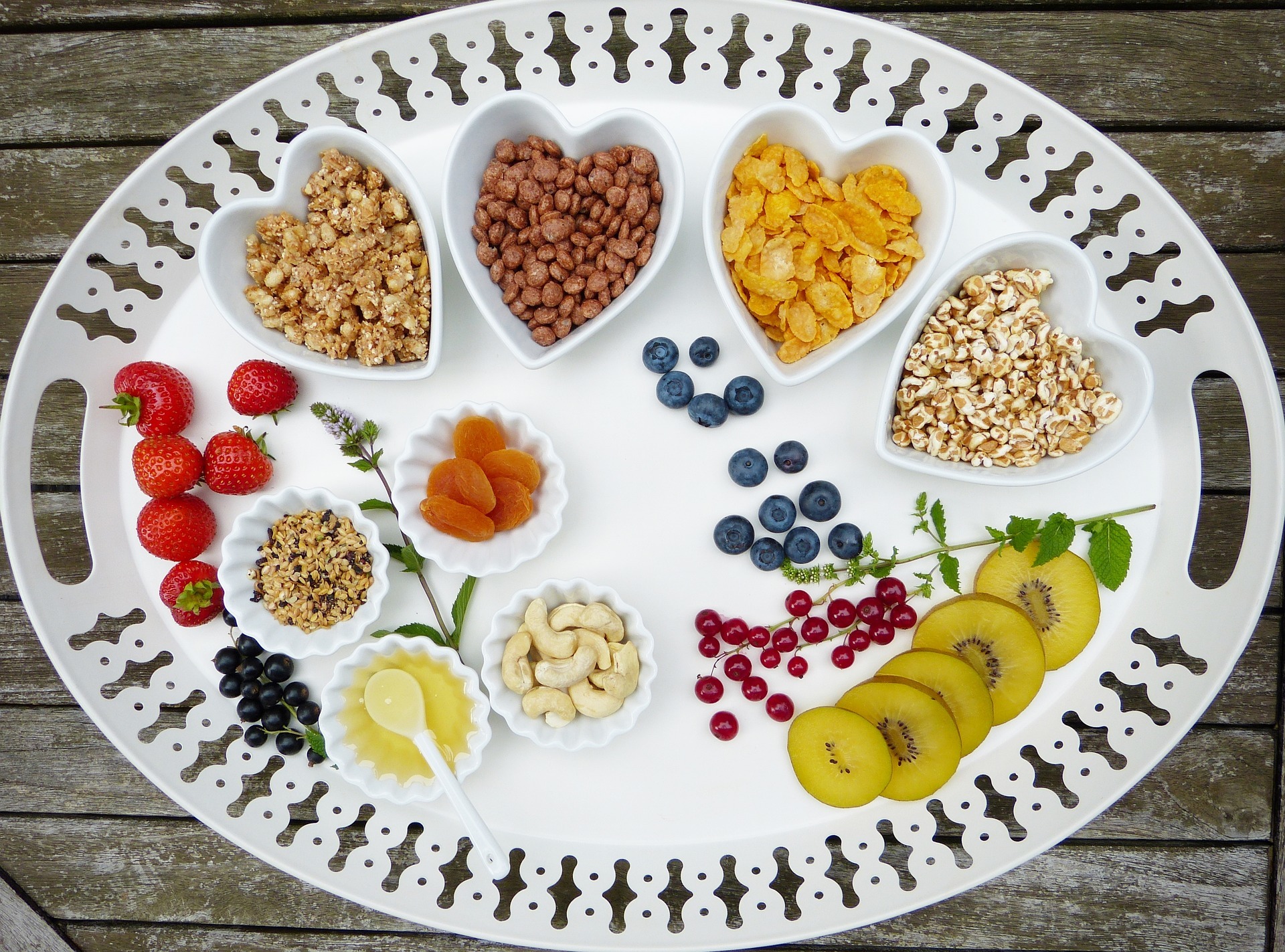
My wife and I were food shopping the other day at a popular health food store where we purchase our pre packaged macro friendly meals. We were about to check out and Erika yelled in excitement “NO WAYYYY, I must have these!!!” She was holding a “healthy” cupcake package that housed a delicious looking cupcake with frosting and sprinkles that made my mouth really water! In huge BOLD writing the package said ONLY 3 NET CARBS and 38 calories! We promptly purchased a package. They tasted amazing and we were pumped. When then both asked each other “how are they only 38 calories, and what the hack is a NET CARB?”
Here in lies the problem. To answer the first question the FDA does not define a net carbs and they have no real legal definition in the nutrition world. Manufacturers of supplement bars and foods define net carbs as “total amount of carbohydrates MINUS the carbohydrates form dietary fiber” So a food with 21 g of carbohydrates and 10 grams of fiber would be marketed as 10 g net carbs. Sometimes only net carbs are put on the actual food label. Not only that but the calories from the fiber carbohydrates are backed out of the total calories on the label. Sugar alcohols like sorbitol, maltitol, and xylitol are also backed out.

So what’s the big deal?
So who care’s! Can’t we all just eat a Quest bar and get along? Fiber and sugar alcohols have little to no effect on blood sugar and do not affect insulin levels like normal carbs so they are special right? Yes and no, while it may be true that fiber and sugar alcohols have a profoundly less impact on blood sugar levels and insulin they do not just magically disappear when ingested and contrary to what we are told THEY DO CONTAIN CALORIES!
Fiber has calories!?! I thought fiber passes right through the digestive track, passes go, collects $200 and is then excreted!
Understanding dietary fiber
Soluble fiber is "soluble" in water. When mixed with water it forms a gel-like substance and swells. Soluble fiber has many benefits, including moderating blood glucose levels and lowering cholesterol. The scientific names for soluble fibers include pectin's, gums, mucilage's, and some hemicelluloses. Good sources of soluble fiber include oats and oatmeal, legumes (peas, beans, lentils), barley, fruits and vegetables (such as oranges, apples a carrots).
Insoluble fiber does not absorb or dissolve in water. It passes through our digestive system in close to its original form. Insoluble fiber offers many benefits to intestinal health, including a reduction in the risk and occurrence of hemorrhoids and constipation. The scientific names for insoluble fibers include cellulose, lignins, and also some other hemicelluloses. Most of insoluble fibers come from the bran layers of cereal grains.
The majority (around 70%) of dietary fiber is fermented by bacteria living in the colon. It is important to note that solvable and insoluble fiber types can both be fermented.

This fermentation process produces short chain fatty acids that are absorbed and used to produce energy or in other words they contain calories Since it is estimated that on average 70% of fiber in foods are fermentable. This makes the best estimate of calories in fiber to be around 2-4 calories per gram. For more information on the benefits of fiber, what it does and where to get it check out our article on Dietary Fiber.
Going back to the cupcake treat we found that the total calories were grossly mislabeled due to the net carb count. Let look at the label of a very popular nutrition bar, Quest Bars. When you examine the food label you will see only 190 calories per bar. (Recall that fat has 9 calories per gram and protein and carbohydrates have 4) Now when you look at the label for Quest you will see 8 g of total fat which is 72 calories, 20 g of protein which is 80 calories, and 22 g of carbohydrate which is 88 calories. So the total calories SHOULD BE 240. That is a 50 calorie difference of a 21% variance! This is because Quest is backing out the 15 g of fiber and 2 g of sugar alcohols in the bars advertising them with only 5 net carbs. It is rumored that Quest is in litigation along with other manufactures regarding the mislabeling of calories using the net carb tactic.
Check out the Halo top label in the next column. See any issues with the calories that it actually contains versus what is being reported on the label.
These differences in calories can have a very large impact on an individual who has a serious fat loss goal or someone who is eating for performance and closely monitoring their food intake. RZ1 nutrition speculates that in order to drive the calorie and carbohydrates down for better marketing manufacturers add in indigestible substances to their foods so more dietary fiber grams can be put in the food label.
Many of these synthetic substrates lack the micro-nutrients (vitamins, minerals, and electrolytes) that are found in fruits, vegetables, and legumes which are all excellent natural sources of dietary fiber.
Conclusion
Although there is nothing inherently wrong with Quest Bars, Halo Top and other health foods that advertise net carbs it is very important that you closely examine the food labels, especially the TOTAL carbohydrates. If you are monitoring your calories or macronutrients then you may have to do some quick math so you are not duped by the food labels. Even some popular calorie counting apps such as Myfitnesspal will allow foods to only enter in or display their net carbs so manually entering these foods in or entering them in as “custom” foods is a good practice to follow.
Looking for help on your nutrition or have a suggested topic for us? Email.com coaching@macromissionary.com
